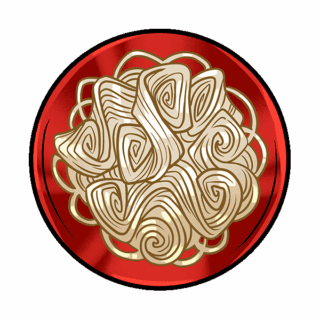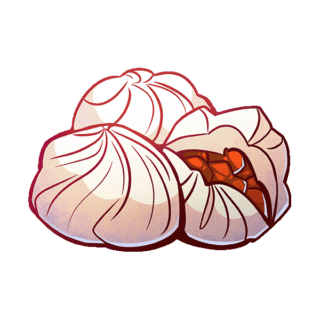Baumkuchen
Originating some time roughly 500 years ago, this cake is made by “painting” layers of batter on a rotisserie spit, which cooks each one slightly before the cook paints another layer of batter, repeating this process typically over a dozen times. The resulting rings of cake then are said to resemble tree rings, hence the name baumkuchen.
While the base ingredients are simple cake basics of flour, butter, and eggs plus sugar, vanilla, and a bit of salt, some versions include other spices and additions like marzipan, ground nuts, honey, chocolate, marmalade, or other sweet ingredients. And of course, it wouldn’t be a German pastry without at least the option of throwing some alcohol in it — usually brandy or rum.
Despite being a German dessert, baumkuchen slowly gained popularity in Japan after World War I when a single German confectioner set up shop after ending up there as a POW. Today there are still shops selling baumkuchen and operating under his name, Juchheim.
Along with the novelty and visually appealing rings, baumkuchen are further distinct beyond that. They’re somehow lighter and denser than sponge cake with an extra smooth, buttery texture.





